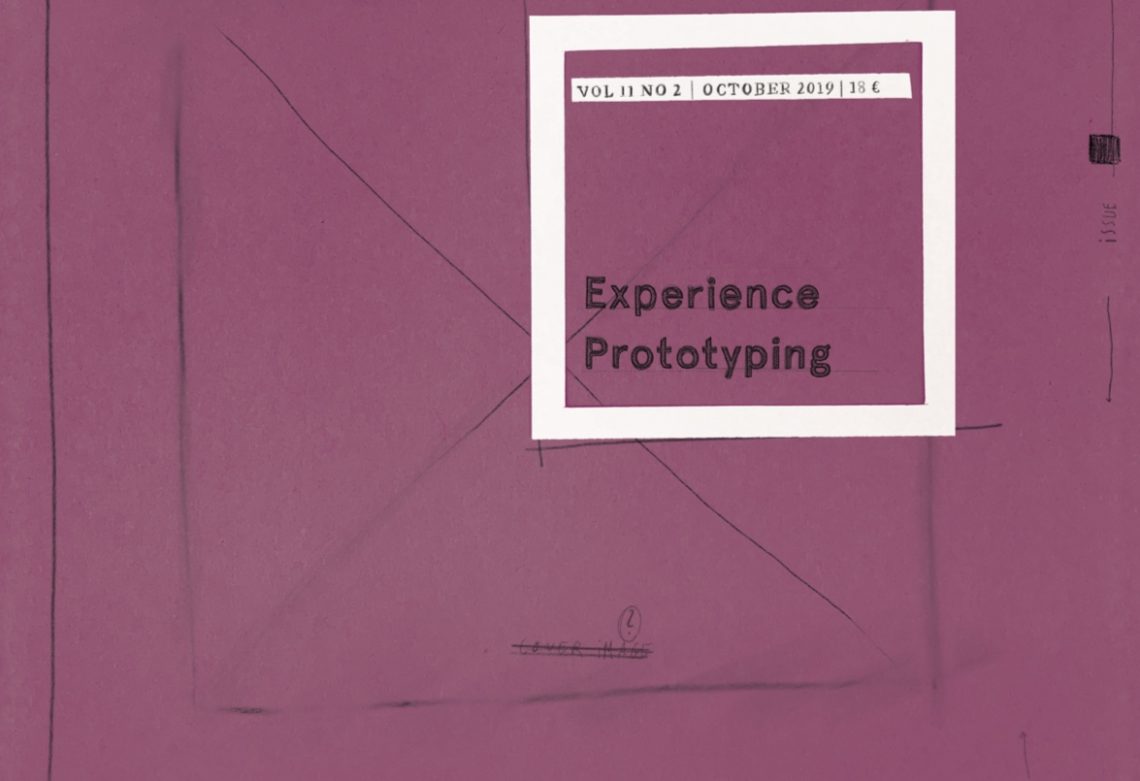ID Alumni Published in ‘Touchpoint—The Journal of Service Design’
By Nuria Sheehan
November 12, 2019

ID alumni Jennifer Sculley (MDes 2015), Nathalie Cacheaux (MDes 2019), Pooja Chaudhary (MDes 2019), Michelle Kurzynski (MDM 2019), and Kim Erwin (MDes 1993), along with Zane Elfessi, published “High-Fidelity, Low-Burden Experience Prototyping” in the October 2019 of Touchpoint—The Journal of Service Design.
The article details how the team took on complex healthcare systems, implementing an experience prototype in a busy VA medical emergency department. With the goals of improving both patient experiences and system efficacy, the authors tested a new discharge tool and supportive systems with ER staff and chronic obstructive pulmonary disease (COPD) patients.
As the team reports in the article,
After extensive observations, the authors prototyped a new discharge tool, rewritten for a fifth grade reading level with illustrations and a typographical hierarchy, and new discharge processes with supportive materials to increase clinician engagement.
At the conclusion of the 12-week project, the team assessed whether the prototype—which included both a new discharge tool rewritten at a fifth grade reading level with illustrations and a typographical hierarchy, as well as new discharge processes— was appropriate for staff and beneficial for patients. Observations indicated that the new tool and processes facilitated longer and more in-depth conversations between clinicians and patients, and a final survey of ER staff demonstrated unanimous support to maintain the new tool in the emergency department.
Touchpoint is the magazine of the Service Design Network (SDN). The article is available online with an SDN member account.